DOCTOR'S GULLY
DARWIN FLYING BOAT BASE
![]()
RAAF Marine Section established a Marine Section Workshop at Doctor's Gully on the water's edge in Darwin near the north western end of the Esplanade in readiness for the establishment of the Doctor's Gully Flying Boat Base.
Two Oil tanks and a pump house were installed at the back of Doctor's Gully in 1943 as part of Darwin's strategic naval oil fuel supplies and to support the Catalina Flying Boat Base and RAAF Marine Section. 20 Squadron, 42 Squadron and 43 Squadron were all based at Doctor's Gully during the war.

Photo:- Harry Wortley via Les Jubbs
11
Squadron RAAF Catalina at Doctor's Gully, Darwin in July 1945, about
to be placed in the water beside the RAAF Marine Section Jetty after a service.
There appears to be a tower of some sort at the top right of this photo.
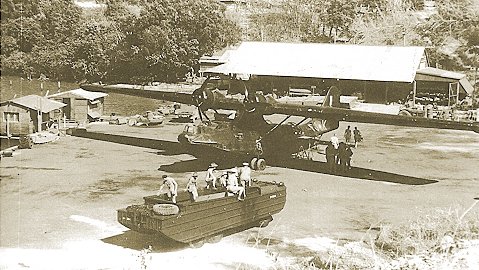
11
Squadron RAAFCatalina at
Doctor's Gully, Darwin in July 1945

Photo:- via Les Jubbs
Catalina Flying Boats based in Darwin lay at their moorings off Doctor's Gully.

Photo:- Peter Dunn 2 July 2011
One of the large WWII oil tanks at the rear of Doctor's Gully
From Doctor's Gully Flying Boat Base the Catalinas ranged far and wide in their strikes against Japanese Bases and Ports from where they exported vital minerals and oil to the factories in Japan.
The RAAF Marine Section played a vital role at Doctor's Gully Flying Boat Base. The Catalina Air Crews depended upon the RAAF Marine Section boats and crews operating in a multitude of roles:-
Operating the Bomb Scows so that mines, and bombs (some torpedoes had been launched from Cats.) could be loaded
Using Work Boats to carry Air Crews to their aircraft
Using Crash Boats to clear debris from the take off path, lay flare paths and maintain them during night flying
Having Crash Boats on station during take off, and being there when aircraft were returning from a Mission
On many occasions Catalinas returning from missions could be damaged, or had injured airmen onboard who required immediate medical attention. Crash boats would accompany these aircraft to render towing assistance to moorings if necessary, or, to be immediately along side the hull to collect wounded. This close liaison between Air Crews and the Marine Section crews was a matter of friendship and pride in their professional expertise.
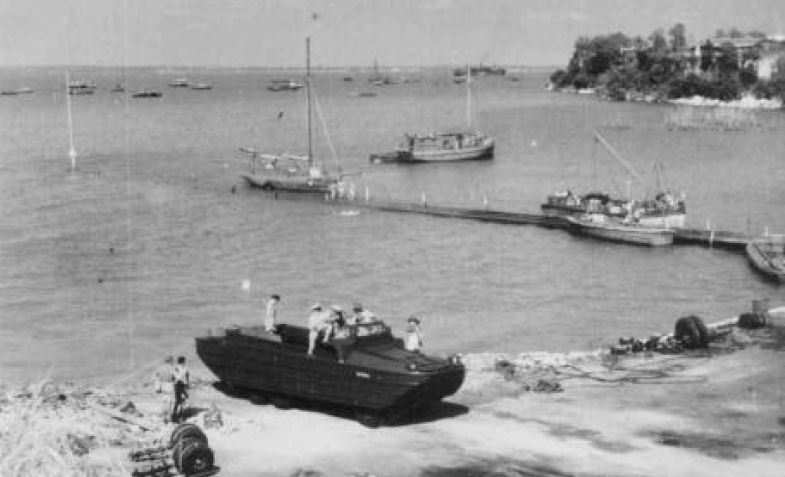
Photo:- Harry Wortley via Les Jubbs
RAAF Marine Section boats were able to moor at the Marine Section Jetty when the tide was in
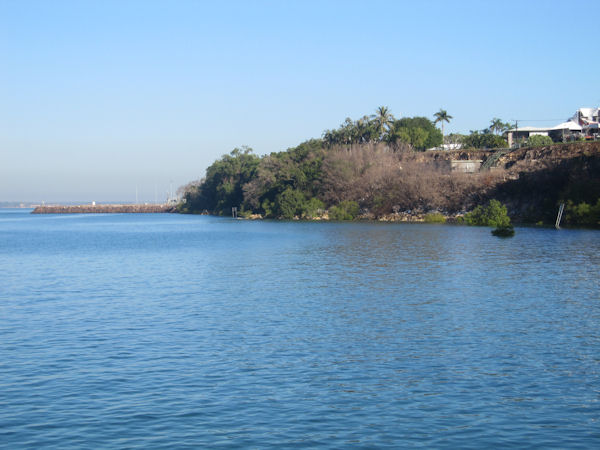
Photo:- Peter Dunn 2 July 2011
The same headland that can be seen in the WWII photo above.
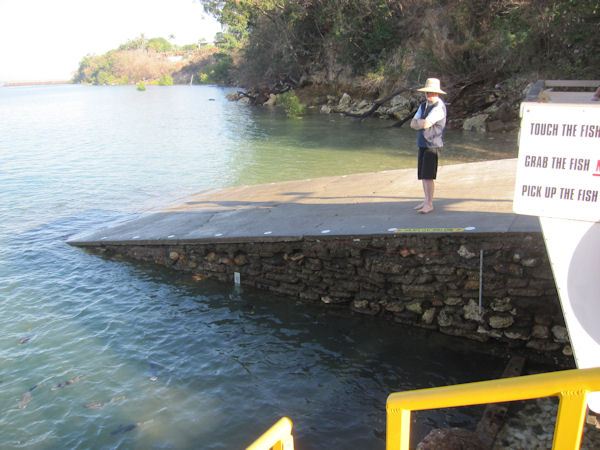
Photo:- Peter Dunn 2 July 2011
Looks like an original ramp from WWII
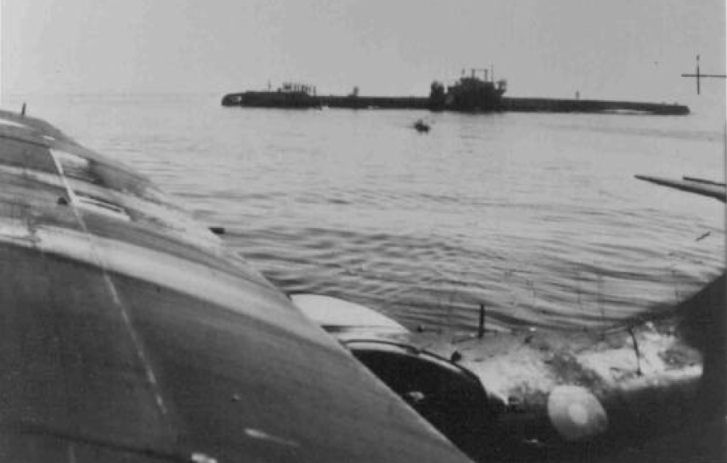
Photo:- Ales Cumming Catalina Flight Engineer via
Les Jubbs
A Catalina from Doctor's Gully in
Darwin meets up with British Submarine HMS Telemacus to
collect Lt Cmdr Meadows, the Engineering Officer for urgent medical attention in
Darwin Hospital
After the surrender by the Japanese, the men of RAAF Marine Section would be kept busy with the constant flow of Catalina Flying Boats arriving, with men just released from the Japanese Prisoner of War Camps. Hospital Ships like the "Oranji" would pass through Darwin and RAAF Marine Section Boats like 01.4, crowded with Crews would greet the returning POW's. The two Catalina Squadrons at Doctor's Gully Flying Boat Base were eventually posted southwards on 30 November 1945.
RAAF Marine Section would remain operational at Doctor's Gully in the early Post War years. Doctor's Gully was taken over by Carl Atkinson, a salvage diver in 1946. Some time later Stan Kennon, a Darwin Engineer, took over the former RAAF Marine Workshop and slipway for some time before Carl Atkinson took over the lease to expand his salvage base. Carl Atkinson held the salvage rights to many of the wartime wrecks in Darwin Harbour including USAT Meigs, USAT Mauna Loa, SS Zealandia and USS Pery. At low tide you can see the rusted bottoms of former military barges at Doctor's Gully.
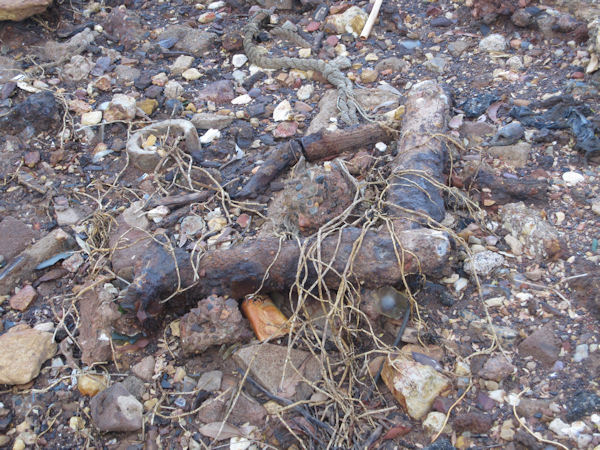
Photo:- Peter Dunn 2 July 2011
Rusted remnants from WWII
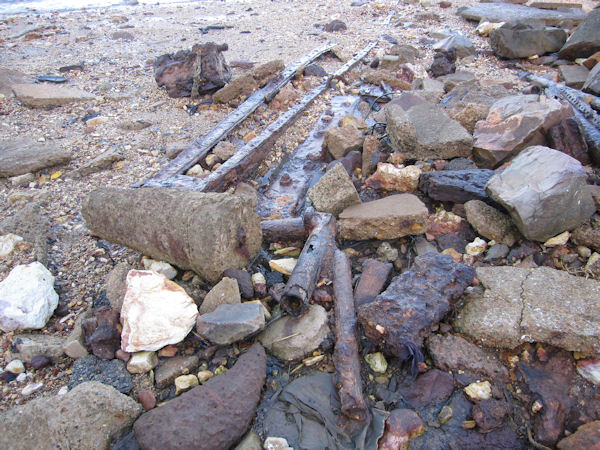
Photo:- Peter Dunn 2 July 2011
More rusted remnants from WWII
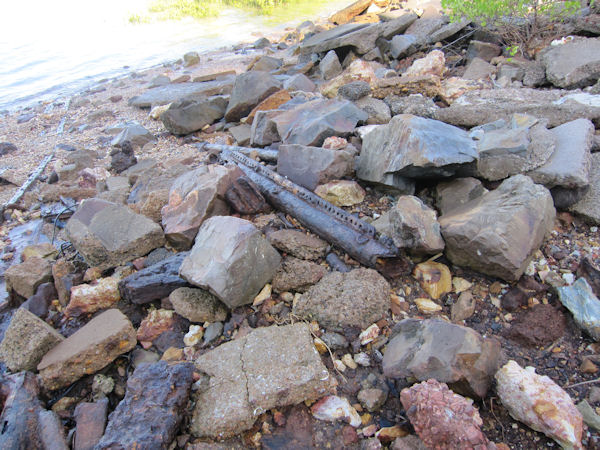
Photo:- Peter Dunn 2 July 2011
More rusted remnants from WWII
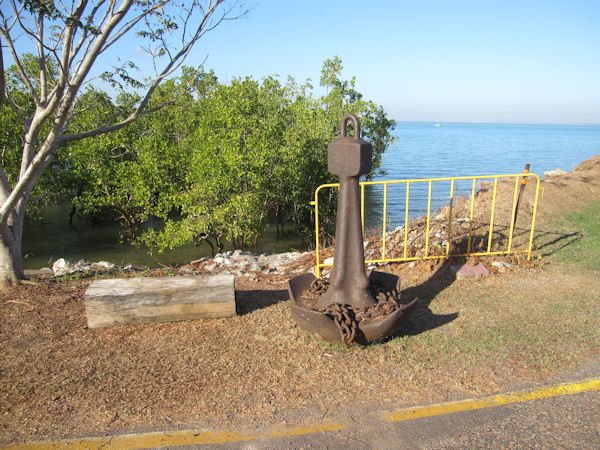
Photo:- Peter Dunn 2 July 2011
Some sort of anchor, possibly from WWII - wonder if it's off a Catalina?

Photo:- Peter Dunn 2 July 2011
Possible a tie down weight for aircraft wings
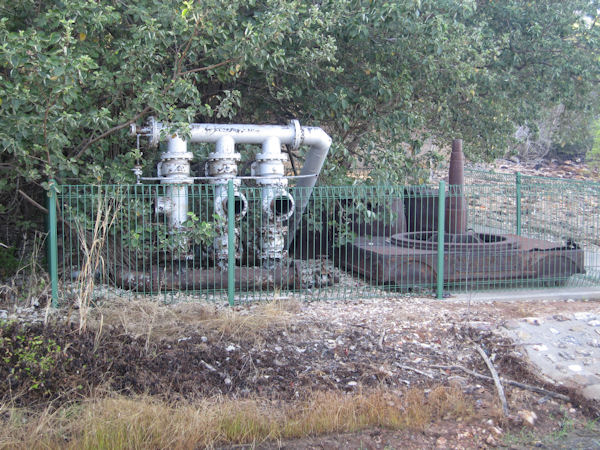
Photo:- Peter Dunn 2 July 2011
Possible relics from WWII
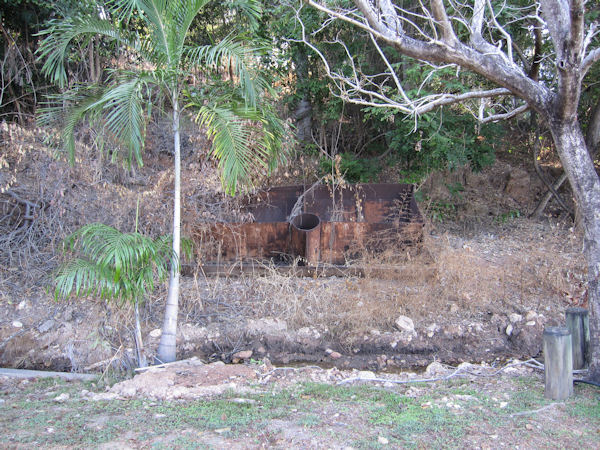
Photo:- Peter Dunn 2 July 2011
Possible rusted relic from WWII
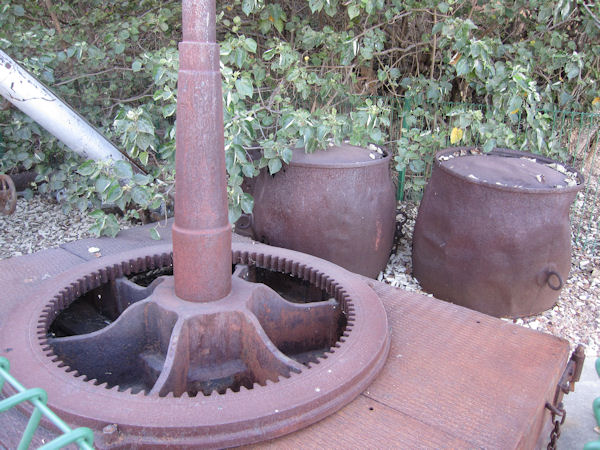
Photo:- Peter Dunn 2 July 2011
Possible rusted relics from WWII
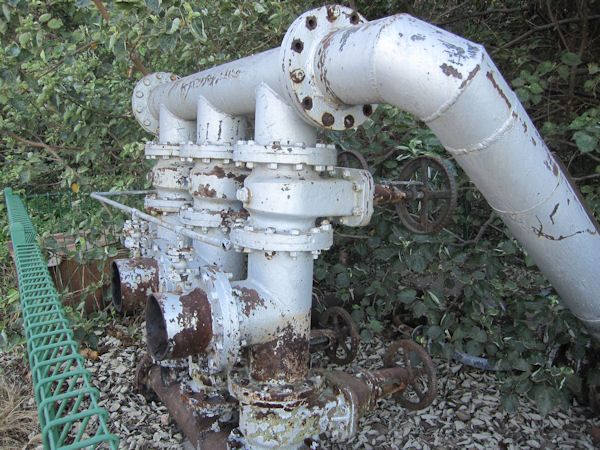
Photo:- Peter Dunn 2 July 2011
Pipework possibly associated with
the two WWII Oil Tanks that
were located behind the Doctor's Gully Flying Boat Base
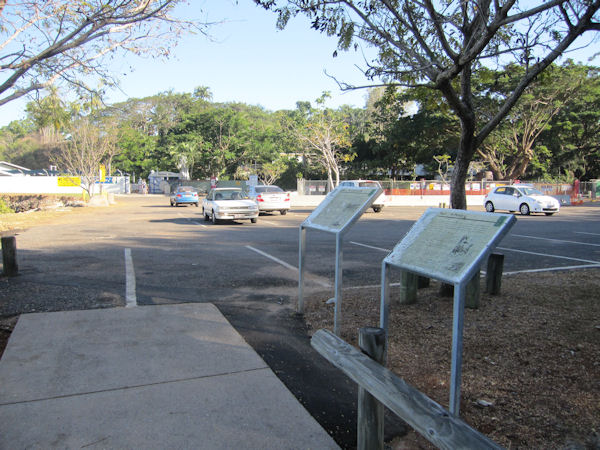
Photo:- Peter Dunn 2 July 2011
Two story boards on the history of
Doctor's Gully near the
walk-in entrance to Aquascene from the Esplanade
The former Doctor's Gully Flying Boat Base and RAAF Marine Section base is now a well known tourist attraction called Aquascene where at high tide, tourists can feed the hundreds of fish that come into the shallows looking for a free feed. Some of the fish are quite large. It's worth seeing.
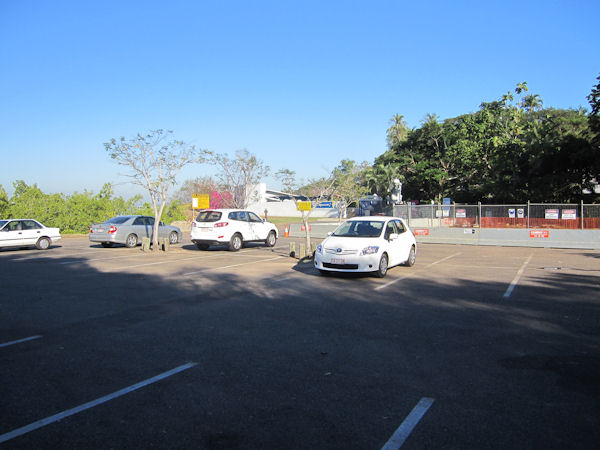
Photo:- Peter Dunn 2 July 2011
The car park area looking towards Aquascene
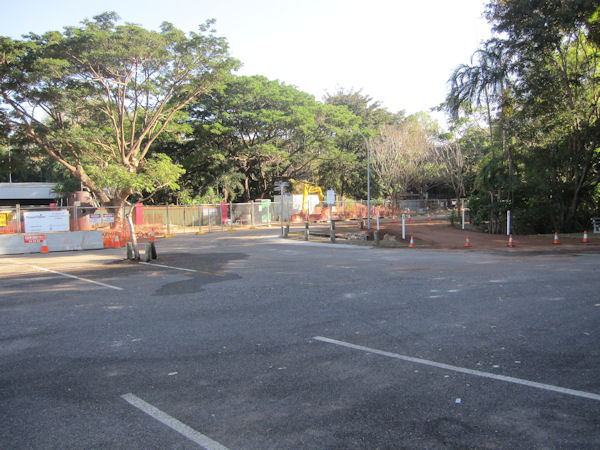
Photo:- Peter Dunn 2 July 2011
Looking towards the rear of the
car park. The WWII
Oil Tank is in there trees at the left of the photo
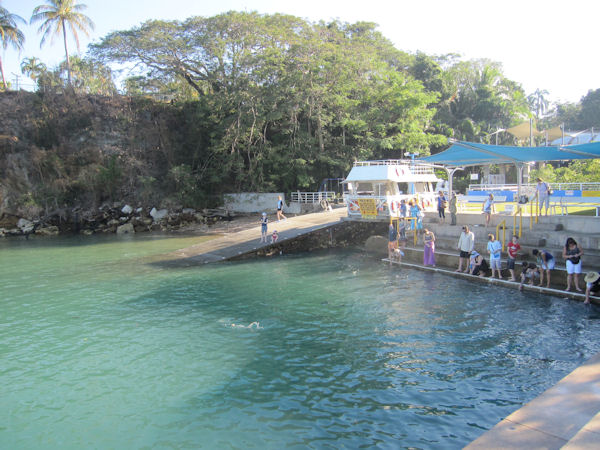
Photo:- Peter Dunn 2 July 2011
Aquascene at fish feeding time in the morning
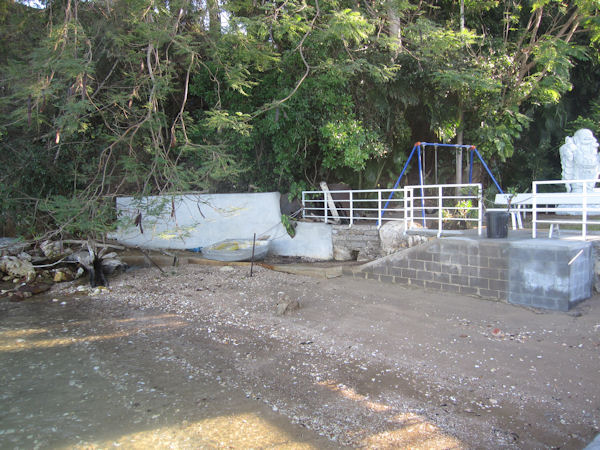
Photo:- Peter Dunn 2 July 2011
The far side of Aquascene
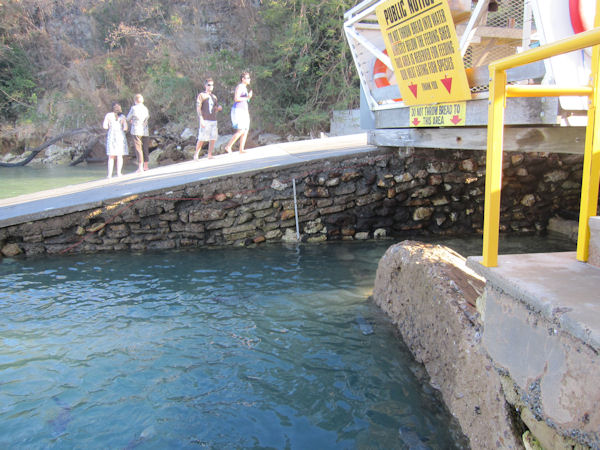
Photo:- Peter Dunn 2 July 2011
Looks like an original WWII boat ramp
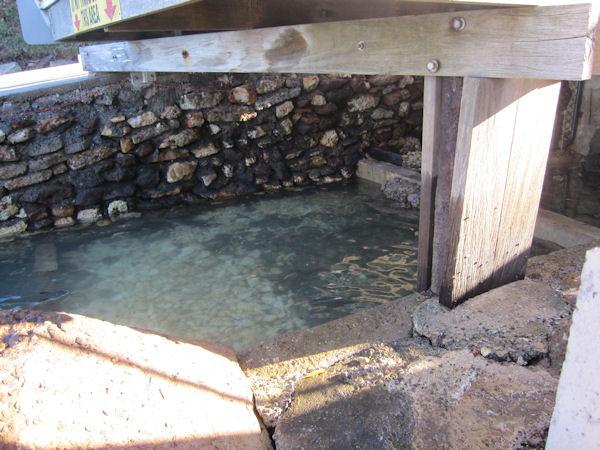
Photo:- Peter Dunn 2 July 2011
Close up of the old ramp

Photo:- Peter Dunn 2 July 2011
An old tie up ring beside the boat ramp
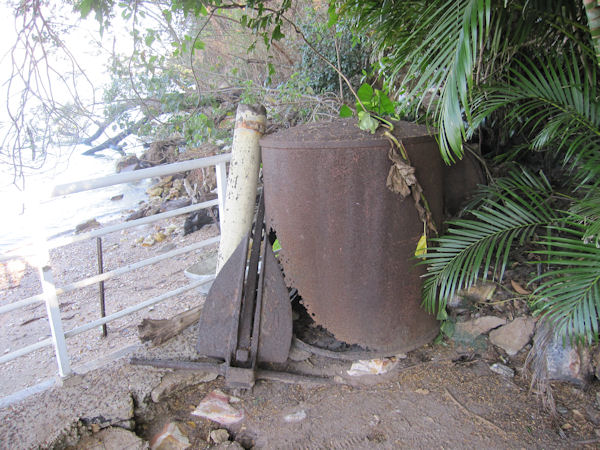
Photo:- Peter Dunn 2 July 2011
An anchor and float possibly from the RAAF Marine Section workshop
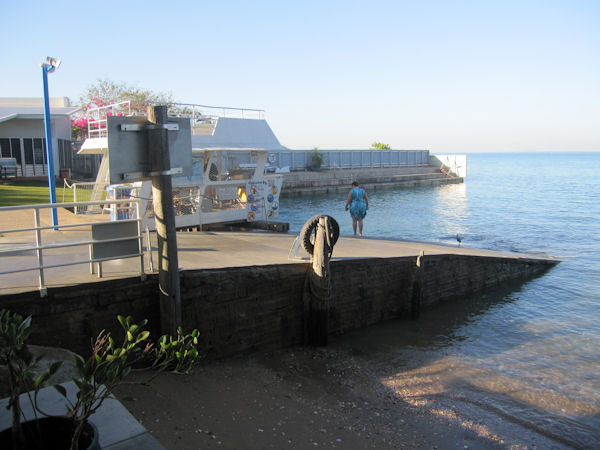
Photo:- Peter Dunn 2 July 2011
The old boat ramp

Photo:- Peter Dunn 2 July 2011
Some of the imprints left by the form work at the top end of the old boat ramp
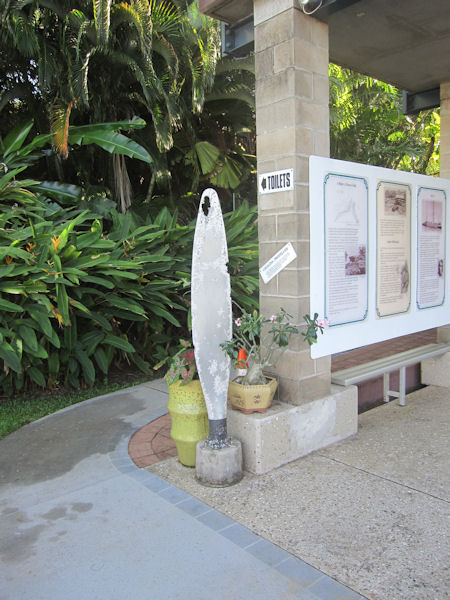
Photo:- Peter Dunn 2 July 2011
Catalina Propeller blade that was
recovered from Darwin Harbour
50 years after it was discarded during routine aircraft maintenance.
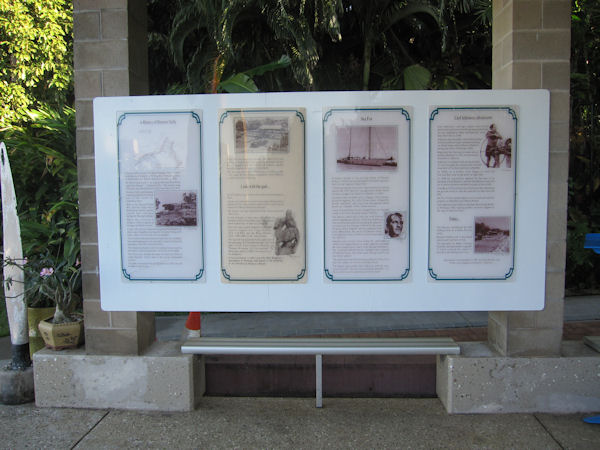
Photo:- Peter Dunn 2 July 2011
Story Boards telling the history of Doctor's Gully
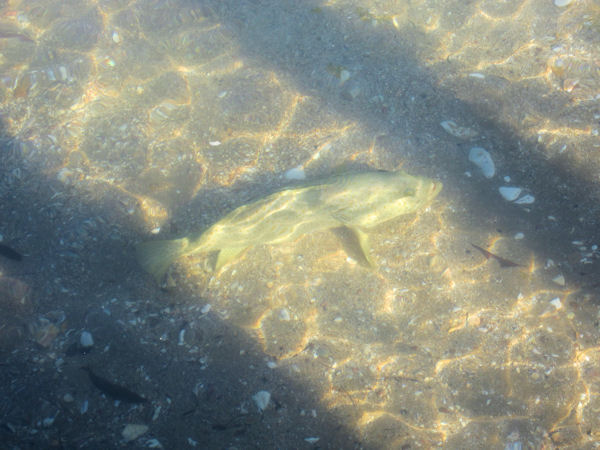
Photo:- Peter Dunn 2 July 2011
One of the fish being fed at Aquascene
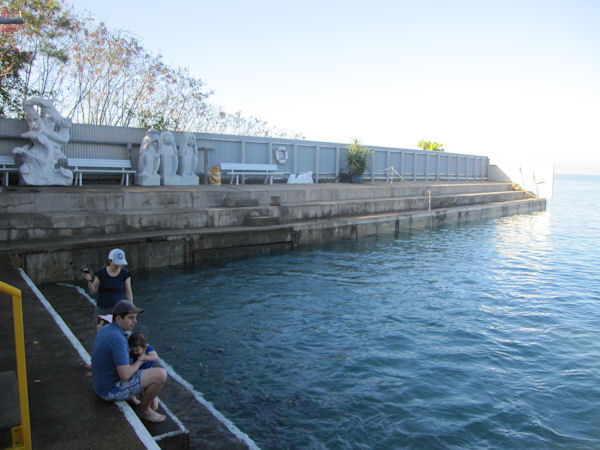
Photo:- Peter Dunn 2 July 2011
Aquascene fish feeding area
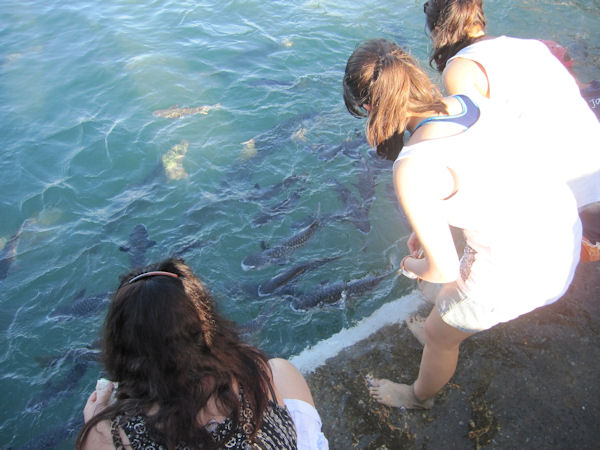
Photo:- Peter Dunn 2 July 2011
Feeding fish at Aquascene
"RAAF Flying Boats At War - The Way It Was"
ACKNOWLEDGEMENTS
I'd like to thank Les Jubbs for his assistance with this web page.
Can anyone help me with more information?
"Australia @ War" WWII Research Products
|
© Peter Dunn 2015 |
Please
e-mail me |
This page first produced 3 September 2000
This page last updated 02 March 2020